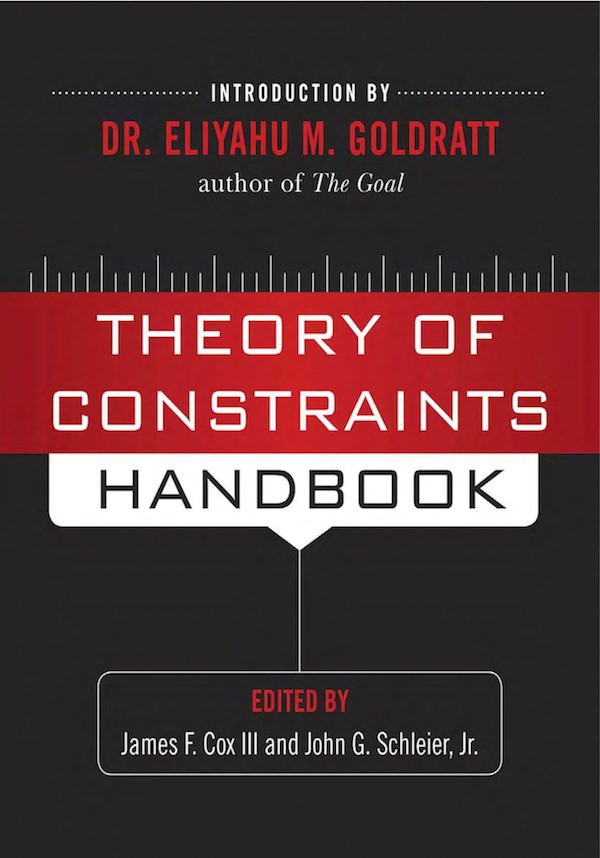Integrated Supply Chain (Chapter 12 of the Theory of Constraints Handbook)
Carol Ptak and Chad SmithInfo
Level of TOC knowledge acquired:
Advanced and IntermediateLength:
32 pagesDesigned for:
Consultants, Executives, Implementers and ManagersTopics:
Supply ChainApplication:
Buffer Management, Make to availability and Pull System/ReplenishmentLanguage:
EnglishFormat:
DownloadShare
Recommend
The purpose of this chapter is to describe the current unsustainable compromises companies are forced into given the current highly volatile global supply and manufacturing landscape.
The chapter introduces a new concept called Actively Synchronized Replenishment (ASR) that overcomes the shortcomings of traditional MRP and ends the need for these ineffective and costly compromises.
ASR leverages MRP, DRP, TOC and Lean practices and tactics with innovative and revolutionary new rules for demand driven supply generation and execution to create unprecedented visibility and control throughout an enterprise and supply chain. The use of ASR can greatly enhance the effectiveness and sustainability of Drum-Buffer-Rope and Lean manufacturing implementations.
Content:
- Identifying the Real Problem—Rethinking the Scope of Supply Chain Management
- A Brief History of MRP
- Can MRP Meet Today’s Challenge?
- The MRP Conflict Today
- The MRP Compromises
- Actively Synchronized Replenishment—the Way Out of MRP Compromises
- Case Studies
Comprehensive coverage of the Theory of Constraints
Complete Table of contents of the Theory of Constraints Handbook
- I: What is TOC?
- II: Critical Chain Project Management
- III: DBR, Buffer Management, and Distribution
- IV: Performance Measures
- V: Strategy, Marketing, and Sales
- VI: Thinking Processes
- VII: TOC in Services
- VIII: TOC in Complex Environments
- Theory of Constraints in Complex Organizations
- Applications of Strategy and Tactics Trees in Organizations
- Complex Environments
- Combining Lean, Six Sigma, and the Theory of Constraints to Achieve Breakthrough Performance
- Using TOC in Complex Systems
- Theory of Constraints for Personal Productivity/Dilemmas
- IX: Summary
About the Authors:
James F. Cox III, Ph.D, CFPIM, CIRM, holds TOCICO certifications in all disciplines. He is a Jonah's Jonah, Professor Emeritus, and was the Robert O. Arnold Professor of Business in the Terry College of Business at the University of Georgia. Dr. Cox has written three books on TOC.
John Schleier holds TOCICO certifications in all disciplines. He was President and Chief Operating Officer of the Mortgage Services Division of Alltel, Inc., Executive Vice President of Computer Power, Inc., and Director of Office Systems and Data Delivery for IBM.







































